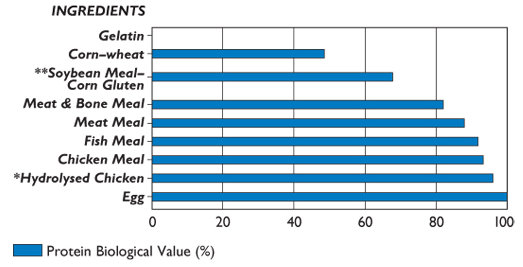Please, please provide a source for this information. Because *everything* about the cat indicates it is, in fact, an obligate carnivore. Not the panda-kind of carnivore, that is in the class carnivora, but has adapted to eat a completely different diet. Not the dog-kind of carnivore, that has adapted to eat a diet that can include grains, vegetables and fruit. The cat not only has a very high protein requirement, the cat has a limited pathway for digesting carbohydrates. They lack digestive enzymes to process ALA (an omega 3 fatty acid) into its usable components, EPA and DHA - vegetable sources of ALA (e.g. flax) are unusable to the cat. The same lack of enzyme means they cannot convert LA into AA (essential fatty acids). They need these preformed in the diet. They cannot convert beta carotene into vitamin A. If fed pumpkin and carrot for vitamin A, a cat will develop a vitamin A deficiency. A dog will not.Cats have evolved to eat a variety of foods. There is no pretense about this, it is a fact.
In fact, the latest research using a standardized diet with a varying carb content, indicates that their instincts (or "preferences," if you prefer), indicate domestic cats have a carb threshold. We know that if fed a sufficient amount of calories to meet their energetic need, they have such a high protein need that if the right percentage of those calories are not from protein, they will rob their own muscles for it.
So.... what variety of foods? Cow, chicken, pig, lamb vs mouse, rabbit, blue jay? Or..... ?????
There is no question that cats need high protein in their diet, and the best source of this is wet canned or raw. But this doesn't mean that cats can't also derive nutritional value from a bit of good quality dry food, and I think a bit of dry food is what most of us are referring to when it comes to feeding dry food. That said, if people want to play it safe and stay away from kibble, rather than taking the time to be informed to learn about the differences between good dry food and bad, then this is their choice I guess.
I certainly do not claim that cats do not derive nutrition from dry food. Even poor quality dry food, if it has some nutrition in it.
Last edited:







 My area of professional work, however, is financial, not biological or physical. (...but the "anal" fits.
My area of professional work, however, is financial, not biological or physical. (...but the "anal" fits. 
